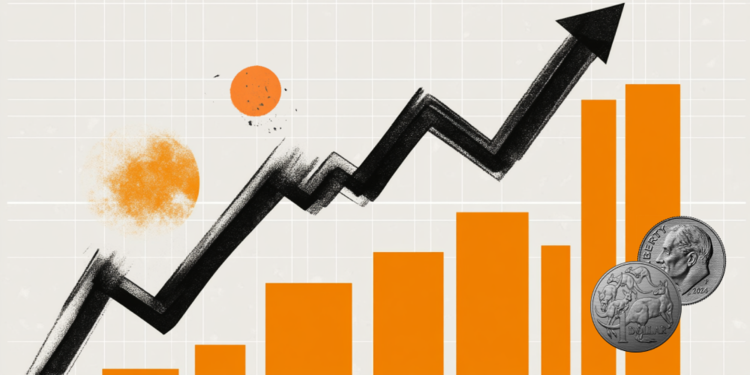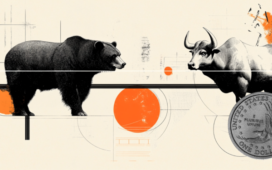- AUD/USD made a U-turn, reversing part of the recent pullback on Thursday.
- The US Dollar traded sharply on the defensive, fading the initial move to new tops.
- Australia’s Capex survey disappointed market participants in the first quarter.
The Australian Dollar (AUD) managed to regain composure in tandem with the rest of its risk-linked peers on Thursday, encouraging AUD/USD to make a reversal, trim part of its recent multi-day decline and revisit its critical 200-day SMA in the 0.6450 zone.
The marked recovery in spot came in response to a bearish day in the greenback across the board, despite the US Dollar Index (DXY) rising to new multi-day peaks early in the day following news that a court blocked President Trump from imposing tariffs overseas.
Monetary policy divergence affects the AUD/USD story.
Meanwhile, the widening gap between the Federal Reserve (Fed) and the Reserve Bank of Australia (RBA) is expected to remain as an omnipresent factor driving the pair’s price movement.
Chair Jerome Powell maintained a cautious, data-dependent tone even after the Fed decided to keep interest rates unchanged at its May meeting. Softer inflation data in April, along with a rise in risk appetite, has led markets to predict a rate drop in September.
On May 20, the RBA decreased the official cash rate by 25 basis points, lowering it to 3.85%. The central bank’s accompanying Monetary Policy Report (MPR) projected that the OCR would decrease to 3.2% by 2027, signalling that considerably more easing was on the way.
Despite conceding that policy settings had become “somewhat less restrictive,” authorities underlined the ongoing uncertainties about local demand and global supply networks.
With inflation predicted to fall close to 2.6%, the RBA reduced its inflation outlook and 2025 GDP growth prediction to 2.1%.
Speaking about inflation Down Under, the latest RBA’s Monthly CPI Indicator remained steady at 2.4% in April.
Furthermore, the market continues to price in 75 basis points of easing over the next 12 months.
China’s support is dwindling owing to structural constraints
The latest figures from China were a mixed bag for the Australian. Although industrial output exceeded estimates, low fixed asset investment and sliding retail sales point to a downturn in the January–March quarter. Nonetheless, the overall growth path is set for a 5% rise in Q2.
On a negative side, China’s real estate market is volatile, and US trade policy is unpredictable and has a huge influence on everything.
On the monetary policy front, on May 20, the People’s Bank of China (PboC) reduced its 1-year and 5-year loan prime rates by 10 basis points, to 3.00% and 3.50%, respectively, suggesting a dovish posture.
Bearish temperament in an enquiring attitude
CFTC data issued on May 20 suggested a comeback of negative wagers on the Australian dollar. In fact, net short holdings hit just over 59K contracts, the highest level in the previous four weeks. Though a drop in open interest may signal a less negative perspective, speculative sentiment remains cautious.
Technical landscape
A clean push over the 200-day SMA at 0.6447 will determine if AUD/USD can maintain its bullish breakout.
The next big resistance levels are the 2025 peak of 0.6537 (May 26), followed by the November 2024 high of 0.6687 (November 7) and the 2024 top of 0.6942 (September 30).
On the downside, the initial support level is the May low of 0.6356 (May 12), with further support at the transitory 55-day and 100-day SMAs of 0.6351 and 0.6317, respectively. A more thorough drop may drive the pair down to the 2025 bottom at 0.5913 (April 9), perhaps revisiting the epidemic low of 0.5506 (March 19, 2020).
Momentum indicators point to a little upward tilt: the Relative Strength Index (RSI) has climbed to roughly 53, and the Average Directional Index (ADX) is near 22, suggesting a steady but inconclusive strength of the trend.
AUD/USD daily chart

What about the docket?
Australia’s Q1 Capex survey was disheartening. In fact, Private Capex declined -0.1% QoQ. The dip was caused by a -1.3% QoQ fall in equipment, plant and machinery. Fortunately, the second estimate for planned expenditure for 2025-26 was up 6.7% from the first, to A$95.6 billion.




